Discorrelated Images

Discorrelated Images. Duke University Press, 2020.(L: Final cover design by Drew Sisk; R: Early cover design by Karin Denson.)
Discorrelated Images explores the transitional spacetime between cinema and post-cinema. More precisely, it probes the transformational temporal and spatial articulations of contemporary moving images and our perceptual, actional, and affective interfaces with them as they migrate from conventional forms of cinema and enter the computational systems that now encompass virtually every aspect of audiovisual mediation. While the generation, composition, distribution, and playback of images increasingly become a matter of algorithms, software, networks, and codecs, our sensory ratios (as Marshall McLuhan called them) are being reordered, our perceptual faculties are being reformed (or re-formed) in accordance with the new speeds and scales of imaging processes. In a post-cinematic media regime, that is, both the subjects and the objects of perception are radically transformed. Older relations – such as that between a human subject and a photographically fixed object – are dissolving, and new relations are being forged in the microtemporal intervals of algorithmic processing. With the new objects of computational images emerge new subjectivities, new affects, and uncertain potentials for perception and action. This book theorizes discorrelated images as potent vectors of subjective and social transformation before turning to specific movies, genres, and digital media objects that help us make sense of our changing world.
* * *
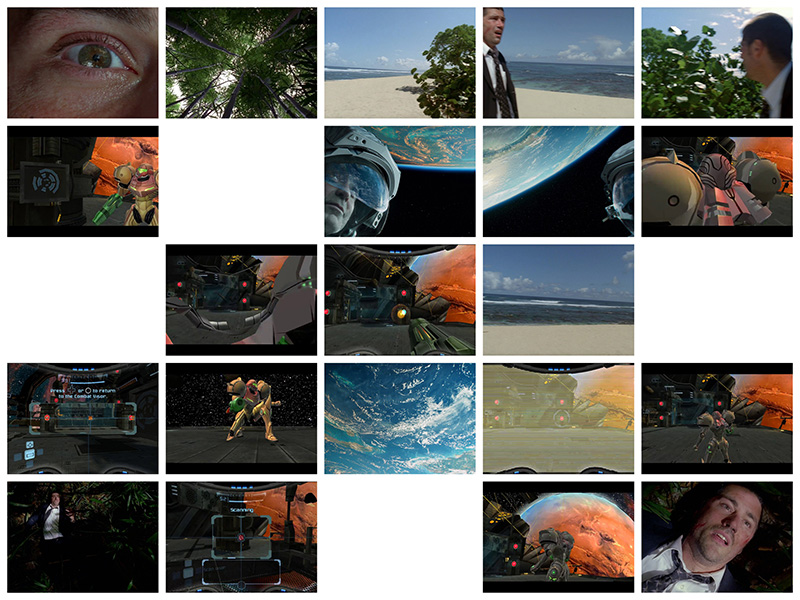
Introduction
This chapter introduces the concept of discorrelation through an analysis of exemplary moments in recent cinema, television, and digital games. Here, spectators' expectations are thwarted by apparent POV shots that turn out not to belong to the characters' perspectives. These confusions of subjective and objective vantage point to deeper transformations of viewers' relations to images in a post-cinematic era, when moving-image media have become thoroughly computational. As a result of algorithmic processing, which takes place in a microtemporal interval inaccessible to subjective perception, images are no longer correlated with human sensation. Digitization therefore needs to be understood not merely in terms of formal, stylistic, or even technological changes, but as a radical affront to the basic phenomenology of the image.
Read the complete Introduction here: PDF.
* * *
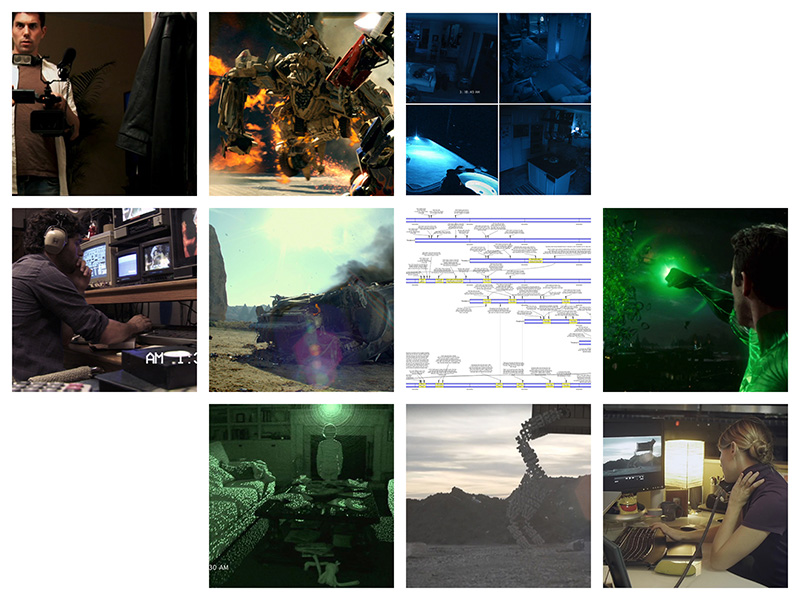
Chapter 1: Crazy Cameras
This chapter takes off from the "irrational" qualities of post-cinematic cameras, which fail to distinguish clearly between subjective and objective or diegetic and non-diegetic, and links them to the emergence of a fundamentally post-perceptual form of mediation. Drawing on examples ranging across superhero movies, the Paranormal Activity horror franchise, Michael Bay's Transformers, and Shane Carruth's arthouse sci-fi films Primer and Upstream Color, the chapter links transformations of post-cinematic cameras and screens to a new ontology of the image itself. Bypassing conscious perception, discorrelated images operate at the "metabolic" level of affect. Connecting discorrelated images with the technologies that produce them and the bodies that receive them, the chapter argues that the very parameters of life are at stake in these lively media.
* * *
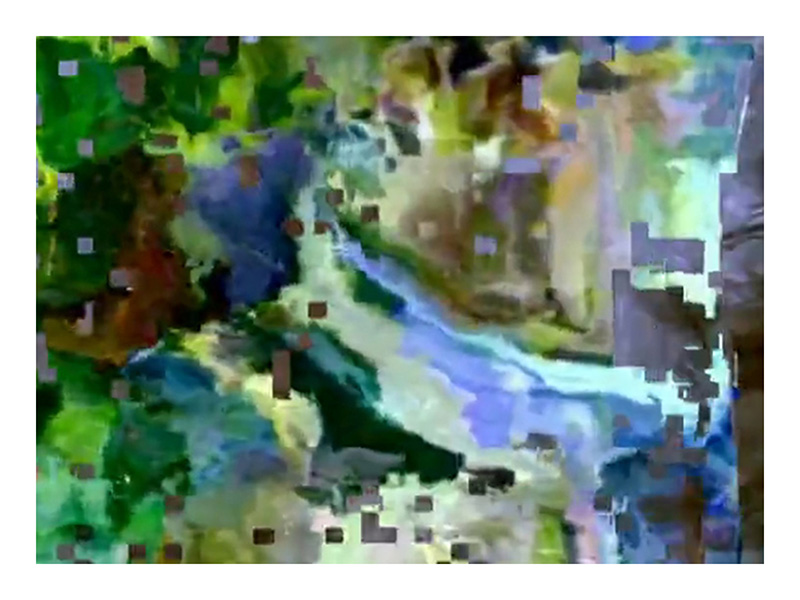
Chapter 2: Dividuated Images
This chapter re-positions contemporary images in terms of the forces of "dividuation," as theorized by Gilles Deleuze in his famous "Postscript on the Societies of Control." With the dissolution of the integral cinematic image, post-cinematic images also undercut the perceptual integrity of the individual spectator. Operating at sub-personal or pre-subjective temporal scales, these images become vectors in a potential re-engineering of temporal experience, and hence potent agencies in the reconfiguration of subjective and social life. The chapter also seeks to answer various objections to the concept of post-cinema and the experiential changes it implies, explores phenomenological approaches to visual glitches and compression artifacts, and draws on Niklas Luhmann's theory of mediality to explain the non-individualistic aesthetic force of discorrelated images.
* * *
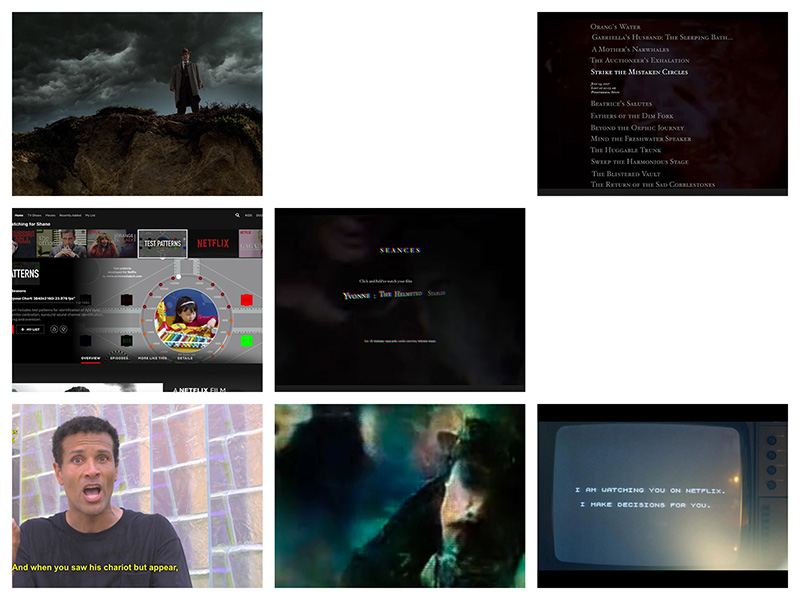
Chapter 3: Screen Time
This chapter starts with the concept of "screen time," often invoked in discussions of parents' concerns over the behavioral effects of children's media use, and locates in it a set of radically transformative effects of computational images' multiscalar temporalities. Narrowing in from larger to smaller temporal scales – from the relatively long circuits of prediction and anticipation at work in "personalized" video platforms like Netflix, to increasingly shorter circuits involved in lower-level operations of streaming, buffering, compression, and real-time processing – the chapter identifies a futural or protentional dimension of computational images that threatens the autonomy of the subject by anticipating and modulating temporal experience itself. Linking technical processes closely with the aesthetic forms they enable, the chapter argues ultimately for microtemporal contingency and environmental indeterminacy as the sites of an ethical battle for the future of human time.
* * *

Chapter 4: Life to Those Pixels!
In an attempt to "make sense" of images that are discorrelated from our sensory perception, this chapter turns to contemporary science fiction and its recurrent fantasies of animation – often focused on the creation of an artificial woman. The chapter asks what these self-reflexive spectacles – in which animation is both a theme and, in the guise of CGI and related techniques, a medium – can tell us about post-cinema's understanding of itself, about our (gendered) situation in the world, and about the role played by discorrelated images in shaping a posthuman future. The chapter draws on blockbuster movies such as Blade Runner 2049, Ex Machina, and Her, as well as artist Yvette Granata's playful 360-degree video CLONE, comparing and contrasting these with the cinema's many interpretations of Frankenstein, in order to understand the new parameters of animation and of life itself.
* * *
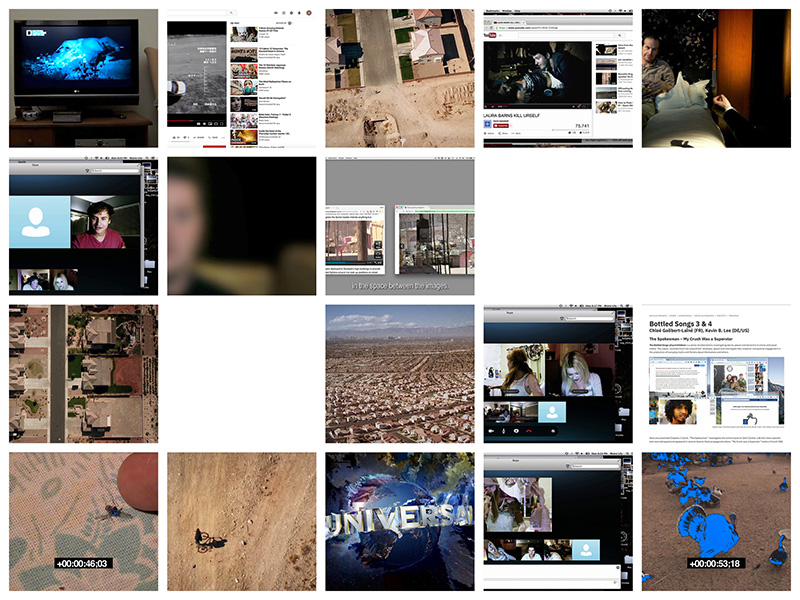
Chapter 5: The Horrors of Discorrelation
This chapter argues that the fears elicited in post-cinematic horror are deeply rooted in the discorrelation of phenomenal experience and computational microtemporality. Movies, such as the "desktop horror" movie Unfriended, that revolve around the proliferation of digital devices and networks as new media for ghosts, demons, and other forms of evil offer self-reflexive explorations of digital temporality and its "glitchy" relation to human experience. Ultimately, the anxieties harnessed in these movies concern the new parameters of realism, or reality itself, and the final section of the chapter turns to the real-world horrors of online terrorism and videos dealing with drone warfare in order to understand the broadly affective and environmental stakes of discorrelation.
* * *
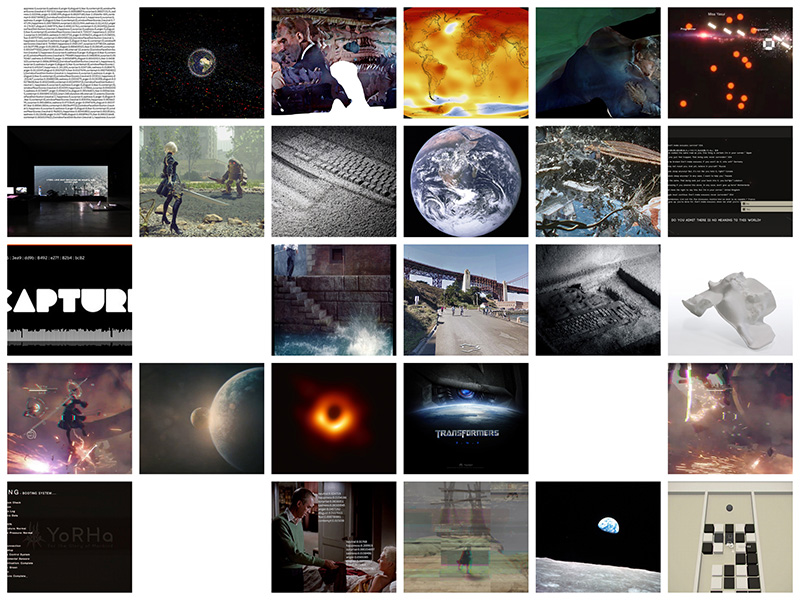
Chapter 6: Post-Cinema After Extinction
This chapter argues that contemporary moving-image media are related materially, culturally, and conceptually to our still nascent experience of the Anthropocene. More specifically, post-cinematic images are tied to the threat of extinction – the ultimate site of discorrelation – which comes to serve as the experiential horizon for our actions and images alike. The chapter looks at planetary imagery and extinction scenarios in movies such as Melancholia, videogames like NieR:Automata, and artworks such as Grégory Chatonsky's generative and post-apocalyptic images in order to understand the broadly ecological implications of discorrelation. Updating Vivian Sobchack's groundbreaking phenomenology of screen experience for our era of ubiquitous computing and climate change, this final chapter argues that discorrelation involves an existential reshaping of experience, such that microtemporal processes are connected with macro-level transformations and the phenomenological "world" is re-cast in light of the possibility of planetary demise.
* * *